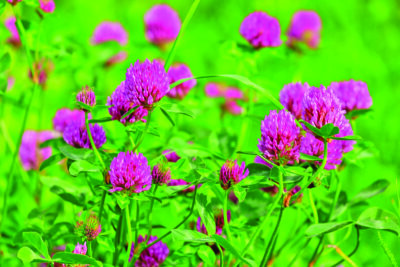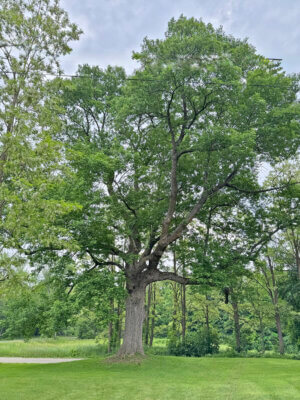Plants for the holidays
As the days grow shorter, the wintery winds of December will bring with them a host of holidays — and holiday plants.
Walk into most stores, and you’ll see shelves of poinsettias, holiday cactus and amaryllis among many others geared towards decorating our homes and gifting to our loved ones.
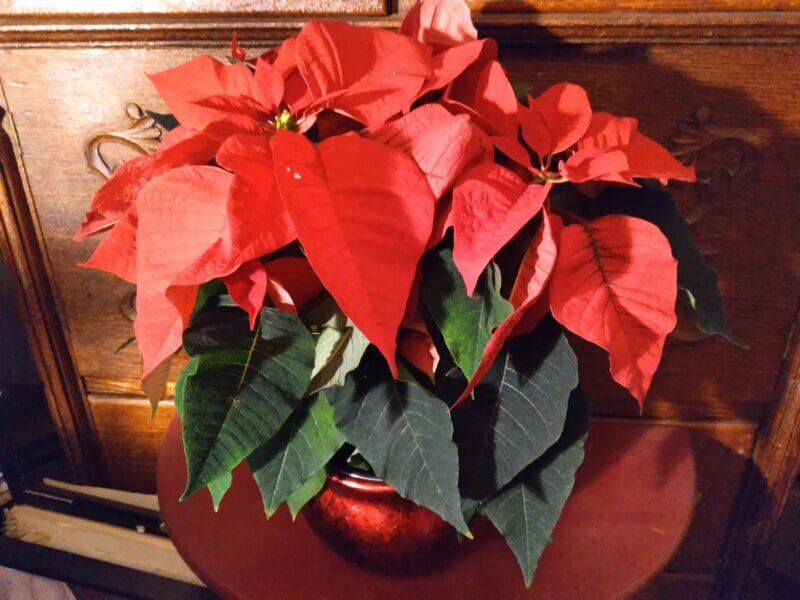
Poinsettias do best in bright light in a location away from cold drafts or stoves and other heat sources.
Poinsettia (Euphorbia pulcherrima) is arguably the plant most associated with the holiday season. Whether traditional green with bright red leaves or variations of cream and pink, they provide an impressive display with minimal care. Poinsettia flowers are actually the tiny, yellow blooms located at the center of the colorful leaves (called bracts) that we think of as flowers. Those leaves change color in anticipation of blooming.
Provide poinsettias with bright light, and avoid placing in a spot with hot or cold drafts from stoves or doors. If the poinsettia’s pot has a decorative foil covering, remove the foil to prevent soggy soil and provide a drainage saucer.
Water well when the soil feels dry and remove any standing water from the drainage tray. Don’t let the soil dry out completely. With care, poinsettias should bloom through the holiday season and beyond. Continue caring for it like a houseplant, and your poinsettia may bloom again next Christmas.
If you like large, showy flowers, amaryllis (Hippeastrum) may be the holiday plant for you. Bulbs are readily available in late fall in anticipation of the holidays. They are sold as a single bulb; in a kit containing bulb, soil and container; or as a potted bulb ready to bloom.
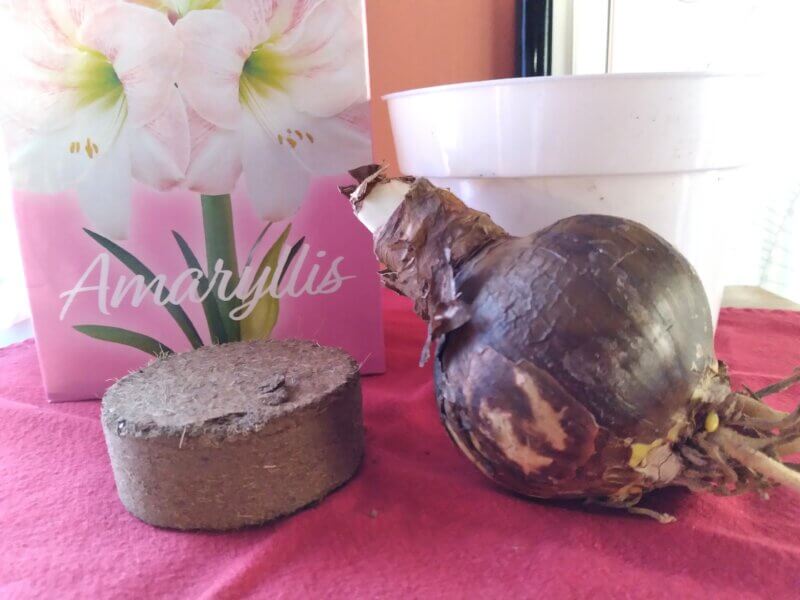
Amaryllis, available in stores now, may be purchased as a single bulb, in a kit or as a potted bulb ready to bloom.
Pot the amaryllis bulb in moistened potting mix (not garden soil). Put it in a sunny window and rotate the pot each day to keep the stem growing straight. Leaves will soon emerge, followed by one or more flower stalks.
Water when the soil feels dry beneath the surface. Your amaryllis should flower in six to eight weeks.
Once the flower has faded, continue watering as usual and leave the foliage in place to feed the bulb. After the foliage has died back naturally, store the bulb in a cool, dry location until time to plant again for another holiday bloom.
If you’re looking for a holiday plant to enjoy year-round, a holiday cactus is a good choice. There are three types of holiday cacti, Christmas (Schlumbergera bridgesii), Thanksgiving (Schlumbergera truncata) and Easter (Hatiora gaertneri).
What you’ll likely find on store shelves now is a Thanksgiving cactus due to its usual bloom time in the fall. You can tell the difference between holiday cacti by the shape of their leaf segments.
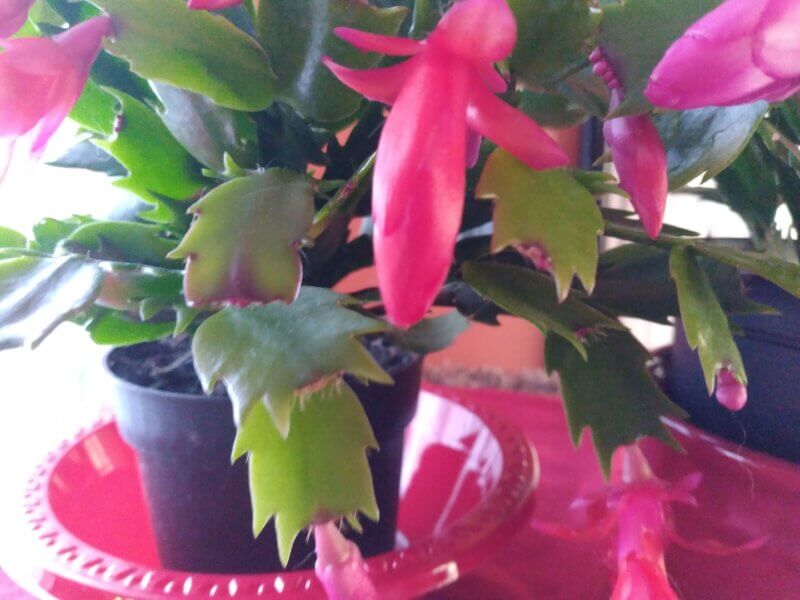
Thanksgiving cactus may have blooms in shades of red, orange, pink and cream and have leaf segments that are rectangular with claw-like points.
Thanksgiving cactus segments are more rectangular with claw-like points. Christmas cactus leaf segments are rounder with softly scalloped edges, and those of the Easter cactus are more oval shaped with an even less pronounced scalloped edge. Flowers can be found in shades of red, orange, pink and cream.
Holiday cacti bloom best in bright light. If your holiday cactus is in a foil-covered pot, remove the foil and provide a saucer to catch runoff from watering. Water when the soil just below the surface is dry.
Fertilize during spring and summer according to package directions. There’s no need to repot annually, but if the pot is overcrowded, repot in late winter after it has finished flowering and before new growth begins in the spring. Choose a cactus or succulent soil mix and a pot only slightly larger than its current pot.
A little TLC can help to make the most of any holiday plants. With the right care, they’ll look great throughout the holidays and into the coming new year.
For more information about holiday plants, tune into “Across the Fence” at 12:15 p.m. on Dec. 15 on WCAX-TV.
(Deborah J. Benoit is a University of Vermont Extension master gardener from North Adams, Mass., who is part of the Bennington County Chapter.)
Related Stories
Popular Stories
If you enjoy The Charlotte News, please consider making a donation. Your gift will help us produce more stories like this. The majority of our budget comes from charitable contributions. Your gift helps sustain The Charlotte News, keeping it a free service for everyone in town. Thank you.
Andrew Zehner, Board Chair





